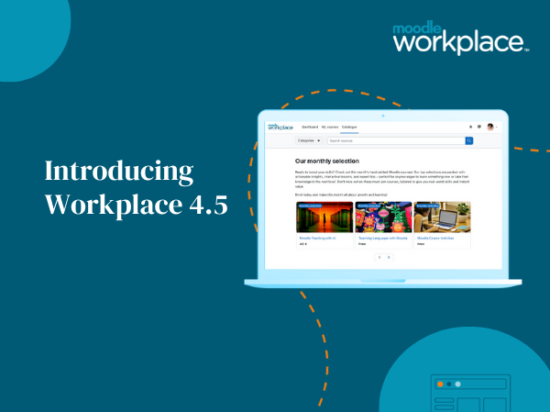You’ve just spent your budget on an LMS after shopping around for a few months. The installation has gone well, the course design smooth, and now comes time to roll it out.
You’ve trained the department heads on how it works and have their buy-in. Then, you send out a group email telling everyone about their accounts and that all they have to do is log on, put in their details, and away they go. Training on demand with great content.
Then….nothing happens. You get some desultory responses. A few people log on and go through a couple of modules. You copy the department heads on the poor data results and egg them on to gee up the troops.
You wait another two weeks, and still no rush to your beautiful online course that took months to develop and implement.
What went wrong?
Welcome to the often frustrating reality that just because you’ve built an LMS, doesn’t mean they’ll come to the party.
Here are some reasons about why your LMS may not exactly be knocking them off their feet.
You may first want to look in the mirror and ask yourself: Have I managed the shift to this type of training well? When it comes to changing perceptions, much of the work has to be done face-to-face with patience and perseverance. People object or resist change. It’s a fact of life.
So you might want to hold workshops with your stakeholders, run them through your course, and actively seek their feedback about what they like and don’t like about what you’re offering. You may be surprised and how effective that effort is because you are engaging your end users.
And when you get a laundry list of achievable changes that won’t break the bank, implement them. Don’t pay them lip service. Nothing like feeling good when you are listened to and effecting the outcome of a meeting.
That’s just one of the items on your checklist toward a workable LMS.
Some other caveats:
Buy a system that works. Too often companies stack their learning management systems with hundreds of options, which will just confuse your users and result in lack of use. Make sure you get a product demo and arm yourself with questions that you will need answered before you take the plunge.
Keep in mind how that LMS will meet growing demands. Let’s say other departments in the company want to start using your training platform. Ask yourself and the vendor: How can you help me expand? What are some the issues I will be facing with registering multiple users from different departments? How can the department heads track the progress of the people they need to?
Also note that there may be unanticipated costs associated with additional LMS functionality. Ask about those costs. In other words, if I add another 1,000 users, what’s going to be the system’s ability to handle the extra load on streaming and how much extra will you charge to do the hosting?
This brings us to a crucial point about making your LMS hum: Customization. Unless your LMS can behave as you want it to, then shop elsewhere. No half measures. You don’t want to be in a position where you have to completely re-tool your training package to meet the demands of the LMS and it shouldn’t cost you an arm and a leg.
And finally, make sure you have adequate IT support to keep your LMS up and running. Nothing worse than logging on with limited time on your hands, and seeing a bunch of error messages about the system being down or some obtuse error message about logon scripts not executing properly.
If you need some help navigating LMS issues, then My Learning Space is a good place to start your research.







